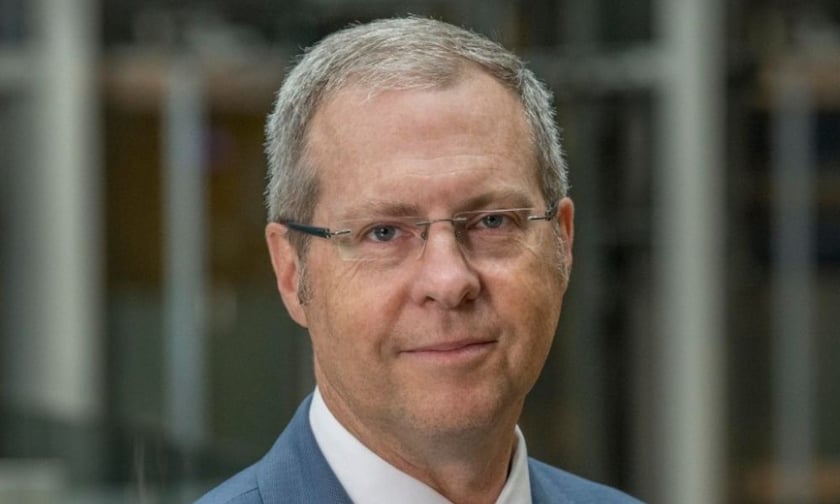

Surging international students, elevated petrol prices, and the FIFA World Cup have supercharged household spending in August, but annual spending growth has remained subdued, the latest Commonwealth Bank of Australia figures show.
The monthly CommBank Household Spending Insights Index lifted 0.7% to 137 in August, with spending on household goods rising for a second consecutive month after prolonged weakness, while increases in motor vehicles, health, and insurance spending were offset by weaker hospitality and utilities spending.
Spending in education rose sharply by 2.8% in August from 9% the previous month, driven by surging numbers of international students enrolling for universities. Annually, education spending accelerated to 14.7%.
Spending in recreation was also up, growing 1.9% in August and to 8.4% on an annual basis, boosted by the FIFA tournament and several big-name concert tours, with ticketing agency spending up 70% last month. Also driving recreation spending were online travel bookings, commercial airlines, cruise lines, and accommodation.
Queensland registered the strongest monthly spending growth in August, with a +1.5% gain. This was followed by Tasmania (+1.3%) and ACT (+1.1%). On an annual basis, Western Australia and South Australia saw the strongest spending growth, at +4.7% and +4.5%, respectively. Victoria has the weakest spending growth, up by just +0.4% in August, and was flat year-on-year.
Stephen Halmarick (pictured above), CBA chief economist, said annual spending growth remained subdued despite the 2.3% rise in August, and was considerably weaker than its peak of 18.7% in August last year as households grapple with increased living costs.
“The effects of 400bp of Reserve Bank of Australia interest rate rises is clearly reflected in a significant slowdown in annual household spending growth measured by the CommBank HSI Index,” Halmarick said. “With the RBA holding rates since June, our view is that the hiking cycle is now at an end.
“Monetary policy is now restrictive and financial conditions will continue to tighten in the months ahead on the lagged effect of RBA interest rate hikes and the fixed rate mortgage refinancing task. We continue to expect household spending to weaken further over the remainder of 2023 and into 2024.”
The CommBank HSI Index uses de-identified CBA credit and debit card transactions from approximately seven million CBA customers, or roughly 30% of all Australian consumer consumption, and is based on 12 spending categories, with a breakdown provided between goods and services, retail, and non-retail, as well as essential and discretionary spending.
A separate Home Buying Index tracking home-lending data increased by 0.6% last month, decelerating on an annual basis to -13% from -9% in July.
“Although there will still be a lagged effect from previous interest rate rises from the RBA, our view that interest rates have peaked in Australia will likely support home buying activity in the months ahead, albeit constrained by a low level of available supply,” Halmarick said. “We forecast dwelling prices will rise 7% in 2023 and by a further 5% in 2024.”
For more information on the monthly CommBank HSI Index, visit commbank.com.au/hsi.
Use the comment section below to tell us how you felt about this story.
